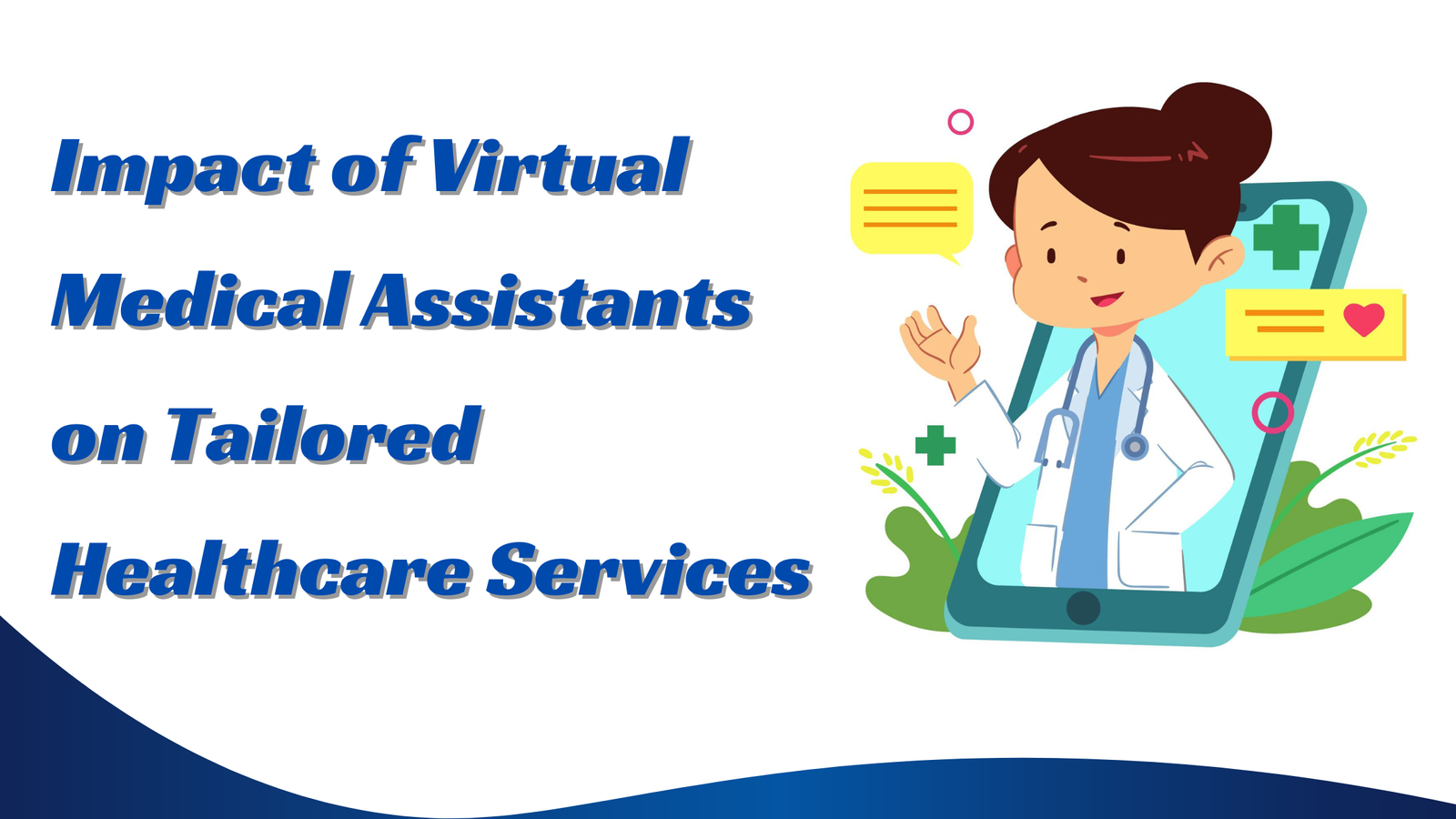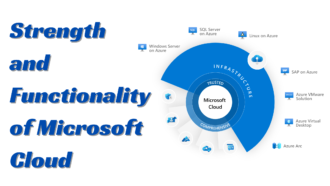The Impact of Virtual Medical Assistants on Tailored Healthcare Services
In today’s healthcare landscape, technology plays a role in improving service quality and patient well-being. Virtual Medical Assistants (VMAs) stand out as innovations that cater to this aspect of modern healthcare. These digital tools handle various tasks, from managing appointments to tracking health data and providing guidance, transforming the patient journey, and enhancing overall results.
Impact of Virtual Medical Assistants in Healthcare
Boosting Patient Involvement
An essential role of A Virtual Medical Assistant lies in promoting engagement. Conventional healthcare setups often lack patient-provider interactions, resulting in communication gaps. VMAs bridge this gap by giving patients access to information and support whenever needed. Patients can turn to their assistants for health records, medication details, and medical advice, encouraging an informed approach to managing their well-being.
Furthermore, VMAs can help patients remember medication schedules, upcoming appointments, and lifestyle adjustments crucial for managing conditions. This ongoing interaction encourages patients to participate in their health management, leading to adherence to treatment plans and fostering a sense of independence.
Personalizing Healthcare Services
Customization plays a role in healthcare by allowing providers to tailor treatments and advice to meet the needs of each patient. Virtual Medical Assistants (VMAs) are instrumental in this process of personalization. By employing algorithms and machine learning, these assistants can analyze information like history, preferences, and behavioural patterns to offer personalized insights and recommendations.
For example, a VMA could examine a patient’s eating habits and exercise regime before suggesting meal plans or workout routines that align with their health objectives. This individualized assistance can enhance satisfaction and outcomes by providing care that closely matches their lifestyle and preferences.
Data Gathering and Organization
Virtual Medical Assistants (VMAs) collect and organize patient data. With the increasing adoption of health records (EHRs), VMAs can simplify data entry processes, ensuring healthcare professionals can access updated information. They also assist in capturing patient-reported outcomes, which enhances the quality of data available to providers.
Through their ability to monitor patients continuously, VMAs can collect real-time data on health metrics such as blood pressure, glucose levels, and other key indicators through devices.
This valuable information plays a role in building patient profiles, allowing healthcare providers to make well-informed decisions that cater to each patient’s changing needs.
Enabling Remote Care
The advent of telemedicine has revolutionized the accessibility of healthcare services during health emergencies such as the COVID-19 pandemic. Virtual Medical Assistants (VMAs) improve care by simplifying communication between patients and healthcare professionals. They help schedule appointments and ensure patient care without requiring physical visits.
Moreover, VMAs offer triage assistance by aiding patients in evaluating their health issues and guiding them to the appropriate level of care. By assessing symptoms and recommending actions, these virtual assistants guarantee the effective delivery of required healthcare services.
Offering Educational Support
Education is an aspect of healthcare that empowers patients to manage their well-being effectively. VMAs serve as tools by providing accurate, trustworthy, and pertinent information on health matters. They assist patients in understanding their conditions, treatment choices, and preventive measures. Utilizing platforms, VMAs develop customized materials tailored to the specific health concerns of individual patients. For instance, a patient recently diagnosed with diabetes could receive suggestions for exercise plans and guidance on managing their condition. Virtual Medical Assistants (VMAs) help boost empowerment and involvement by improving health knowledge.
Challenges and Considerations
Although VMAs contribute, hurdles must be overcome to maximize their impact on tailored healthcare. Data privacy and security are crucial, as handling health data must adhere to regulations such as HIPAA. It is vital for patients to feel confident about the security of their information so that VMAs can gain acceptance.
Furthermore, the effectiveness of VMAs relies on the quality of the algorithms and data guiding their interactions. Regularly updating these systems with guidelines and research is essential for ensuring the accuracy and dependability of information provided to patients.
Future Directions
Looking forward, there is potential for Virtual Medical Assistants in healthcare. Advanced predictive analytics could help these assistants better anticipate needs by offering services.
Additionally, with the increasing popularity of health tech, VMAs could evolve into hubs that consolidate data from different devices, providing a holistic view of patient health. This collaboration could lead to precise customization, aiding complex decision-making processes and enhancing health outcomes.
Conclusion
DocVA Virtual Medical Assistants are poised to shape the landscape of personalized healthcare services. These digital assistants contribute to creating a more efficient and patient-focused healthcare setting by enhancing involvement, customizing healthcare interactions, supporting care, and offering crucial educational materials. By persisting in our efforts to innovate and tackle obstacles, we can fully utilize the capabilities of VMAs to enhance the quality of care and patient satisfaction.


















